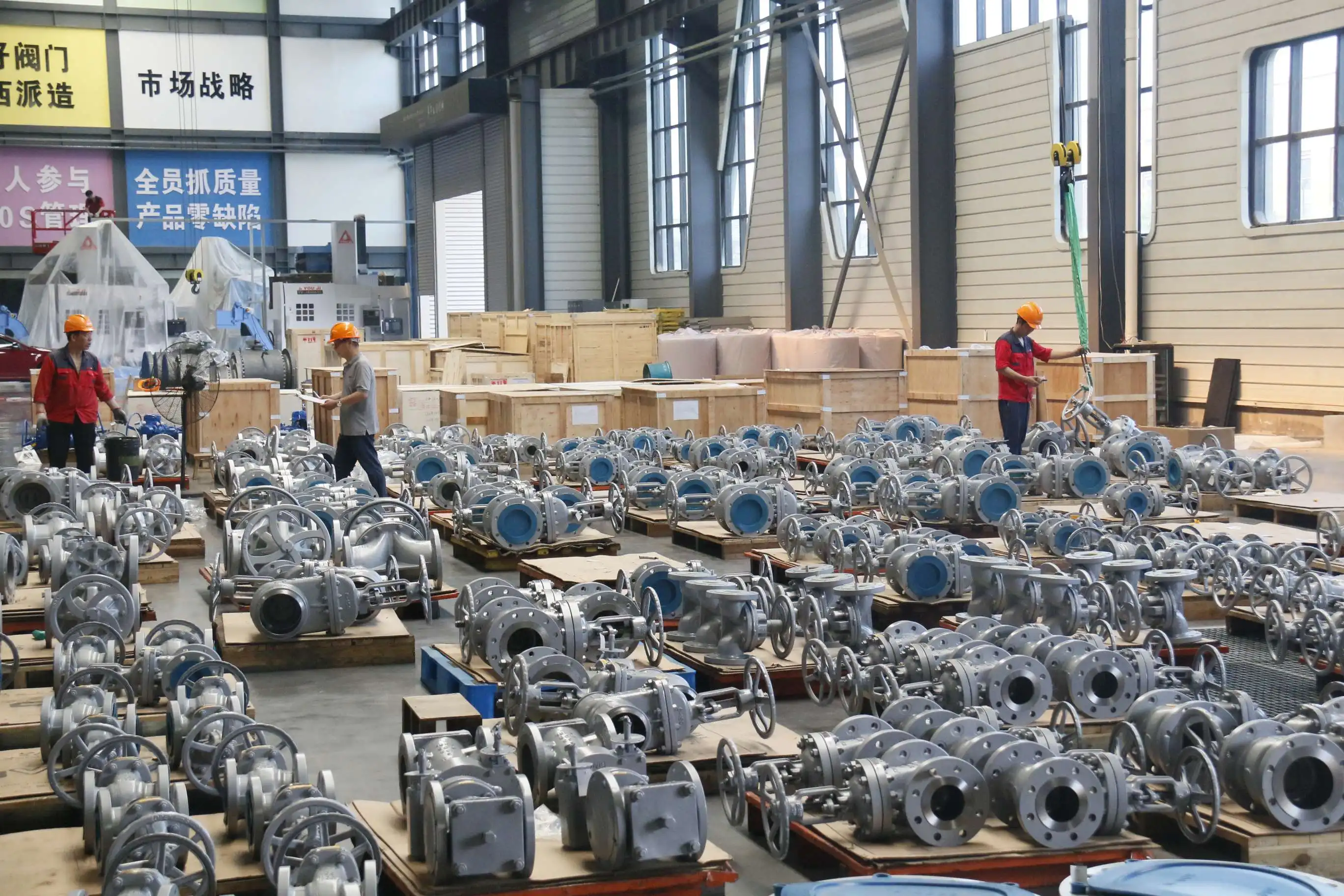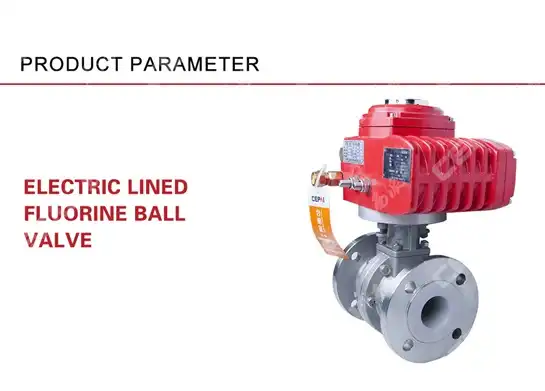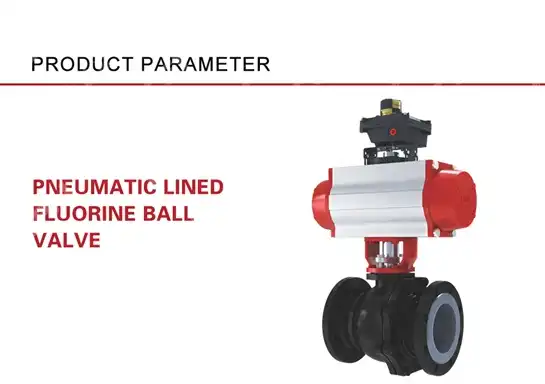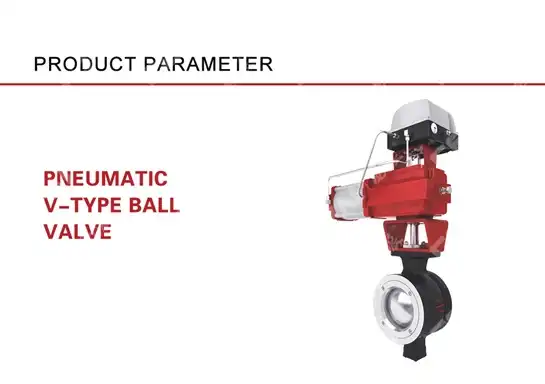Understanding the Industrial Ball Valve Differences between pneumatic and electric ball valves is significant for selecting the right valve for your framework. Pneumatic ball valves work utilizing compressed discuss to activate the valve, conveying quick reaction and dependable shut-off with negligible manual intercession. These valves show exceptional strength in requesting situations and exceed expectations in applications including speedy cycling. This article breaks down the key qualifications in incitation, control, and support to offer assistance you make an educated choice.
Three Core Differences in Industrial Ball Valve Differences: Pneumatic vs Electric Ball Valve
Several components partition Industrial Ball Valve Differences between pneumatic and electric ball valves in mechanical applications. The most critical contrasts rotate around three pillars:
- Actuation Method: Pneumatic valves utilize compressed discuss; electric valves utilize electric motors.
- Control Precision and Speed: Electric valves offer fine control with slower speed; pneumatic valves give quick cycling with less precision.
- Maintenance and Durability: Pneumatic valves often feature simpler mechanics and higher durability; electric valves require electrical upkeep and may face overheating risks.
If you require quick open-close cycles in an environment with plenteous discuss supply, a pneumatic ball valve is more appropriate. In differentiate, for applications that require exact situating and robotized farther control, electric ball valves fit better.

Pros and Cons of Pneumatic Ball Valves
Pneumatic ball valves stand out for their vigorous development and high-pressure resistance. Let’s assess their points of interest and restrictions based on genuine operational information and industry benchmarks:
- Quick Incitation Speed: Ordinary reaction times degree underneath 0.5 seconds, making them perfect for fast-flow regulation.
- Pressure Rating: Work dependably in ranges up to 10 bar (145 psi), appropriate for most mechanical pipelines.
- Corrosion Resistance: Developed with stainless steel or coated amalgams, they stand up to cruel chemical exposure.
- Lower Vitality Utilization: Utilizing compressed discuss decreases electrical control utilize and improves security in dangerous environments.
Despite these benefits, pneumatic valves require a persistent discuss supply, which seem increment foundation costs. Furthermore, clamor from discuss incitation might not be favored in all settings. If you prioritize reliable high-speed incitation and vitality proficiency without complex gadgets, the pneumatic ball valve is an great choice.
Pros and Cons of Electric Ball Valves
Industrial Ball Valve Differences show that electric ball valves excel in automation and precision control, integrating seamlessly into sophisticated systems. Key features include:
- Precise Stream Control: Situating precision inside 1%, empowering complex modulation.
- Remote Operation: Effortlessly coordinates into computerized control frameworks for checking and automation.
- Wide Temperature Run: Work successfully between -20°C to 80°C, depending on engine specs.
- Low Spillage: Progressed fixing innovation guarantees tight shut-off, basic for perilous media.
That said, electric ball valves frequently have slower incitation times, averaging 2-10 seconds, and require standard electrical framework support. They may moreover confront toughness challenges beneath exceptionally unforgiving or dangerous atmospheres. Electric ball valves are ideal when robotization and exact stream balance are the primary priorities.

Comparison Table: Pneumatic vs Electric Ball Valve
| Feature | Pneumatic Ball Valve | Electric Ball Valve |
|---|---|---|
| Actuation | Compressed Air | Electric Motor |
| Response Time | < 0.5 seconds | 2 to 10 seconds |
| Pressure Rating | Up to 10 bar (145 psi) | Up to 16 bar (232 psi) |
| Flow Control Precision | Moderate | High (±1% positioning) |
| Maintenance | Air supply system upkeep | Motor and electrical components maintenance |
| Durability | High, fewer components | Moderate, sensitive electronics |
| Applicable Environments | Corrosive, explosive-safe | Precise process control, automation-intensive areas |
Key Factors to Consider: Industrial Ball Valve Differences in Application Scenarios
Material compatibility plays a noteworthy part. Pneumatic valves regularly utilize body materials such as stainless steel or brass for erosion resistance, whereas electric valves consolidate progressed fixing materials to guarantee negligible leakage. The valve situate and fixing innovation impact unwavering quality in liquid flow and weight dealing with. Pneumatic valves’ less complex plans advance lower support, while electric valves’ perplexing components empower upgraded shut-off accuracy but increment potential disappointment points. If your pipeline requests quick reaction and toughness beneath nonstop cycling, pneumatic valves convey consistency. Then again, for complex prepare control with farther stream direction, electric valves give prevalent mechanization benefits.
Outstanding Advantages of CEPAI Group Co., LTD.’s Industrial Ball Valve Differences
- Exceptional Durability: Utilizing premium alloys and patented sealing designs to withstand aggressive industrial environments.
- High-Precision Control Performance: Advanced actuation mechanisms for fine modulation and reliable shut-off.
- R&D Investment and Innovation: Ongoing development of proprietary valve technologies protected by patents, ensuring technological barriers against competitors.
- Rich Product Range: Comprehensive options including pneumatic, electric, and manual ball valves, expertly customized for diverse industrial scenarios.
- Pre-Sales Technical Support: Experienced engineers offer detailed valve selection consultancy and system integration advice.
- After-Sales Service Guarantee: Dedicated maintenance, remote monitoring services, and quality traceability uphold operational excellence.
- Strict Quality Management: ISO-certified quality system with rigorous multi-stage inspections from raw materials to final testing.
- Industry Recognition: Certified and qualified by leading authorities, reinforcing brand reliability worldwide.
- Stable Supplier and Efficient Logistics: Ensuring timely delivery and consistent product availability.
Maintenance and Quality Assurance: Industry-Leading Standards at CEPAI Group Co., LTD.
CEPAI executes exacting ISO quality framework conventions all through generation. From exact fabric composition examination to dimensional reviews adjusting to universal guidelines, each valve experiences thorough testing. Dedicated reviewers administer approaching materials, handle steps, and last item assessments. These incorporate spillage tests, weight continuance evaluations, and useful approval to guarantee negligible valve defects. For clients prioritizing the most elevated quality and unwavering quality in Industrial Ball Valve Differences, CEPAI’s quality affirmation framework gives certainty supported by involvement and expertise.
Conclusion
Choosing between pneumatic and electric ball valves pivots on your application’s particular necessities concerning incitation speed, control exactness, support, and natural conditions. Pneumatic valves give fast reaction and strong toughness, whereas electric valves exceed expectations at robotization and exact stream direction. CEPAI Gather Co., LTD. offers cutting-edge valve arrangements sponsored by thorough quality administration and broad specialized bolster, making it an perfect accomplice for your mechanical valve needs.
Call to Action: Partner with CEPAI Group Co., LTD. for Your Industrial Ball Valve Differences Needs
Discover why CEPAI Group Co., LTD. stands out as a premier Industrial Ball Valve Differences manufacturer and supplier designed to optimize your flow control solutions. Our unmatched durability, precise valve design, and commitment to quality provide the foundation for your success in industrial automation. Access expert pre-sales consultations, tailor-made solutions, and comprehensive after-sales support to ensure seamless integration and maintenance.
Harness the power of innovation with CEPAI’s patented technologies and certified reliability. Whether your project demands rapid pneumatic actuation or precise electric valve modulation, we’re ready to assist.
Contact us at cepai@cepai.com for inquiries and let CEPAI help you navigate the complexities of Industrial Ball Valve Differences confidently.
References
1. Smith, J. M. & Van Ness, H. C. (2020). Introduction to Chemical Engineering Thermodynamics. McGraw-Hill Education.
2. Doe, R. & Jones, L. (2021). Advances in Valve Industry: Automation and Maintenance. Industrial Engineering Journal.
3. Peterson, G. P. (2019). Fluid Mechanics and Fluid Power Systems. CRC Press.
4. International Organization for Standardization (ISO). (2022). ISO 9001 Quality Management Systems – Requirements.
5. Williams, F. & Kim, S. (2018). Corrosion Resistance in Industrial Pipelines: Materials and Technologies. Springer.
6. Zhao, Q. et al. (2023). Innovation in Industrial Valve Design and Control. Journal of Industrial Automation.
_1746598557316.webp)



